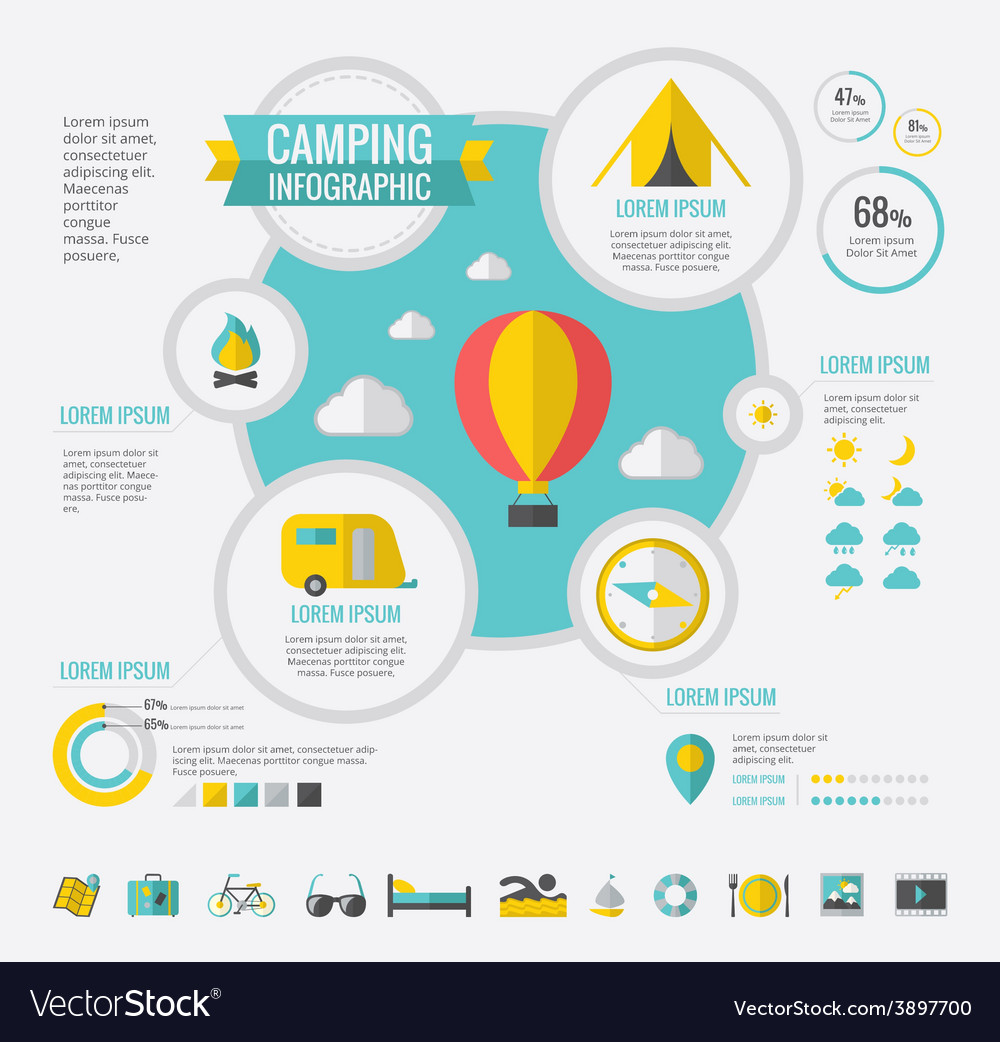Tools For Selling Your Camping Tents To The Entire World
Tools For Selling Your Camping Tents To The Entire World
Blog Article
Taking Photographs of the Evening Skies
A selection of aspects can impact night skies digital photography. From climate condition to upcoming celestial events, you'll want to plan in advance to make sure success.
Where can I go camping in September?
The shutter speed you pick determines whether celebrities look like accurate pin-points or route across the picture. An excellent rule of thumb is to restrict the direct exposure to 500 seconds, or the matching of your lens's focal size.
Location
One of one of the most important factors in an excellent photograph is where you take it. Go for areas with marginal light pollution, and stay clear of places that have brilliant city lights and skyscrapers.
Also, try to find a location that supplies foreground elements to produce make-ups with. For example, dune patterns, wind-sculpted ridges and rocky outcrops can all supply interesting foreground components to aid tell the story of your evening skies photo.
It is additionally useful to study expensive events such as meteor showers and lunar eclipses to maximize possibilities for wonderful photos. Utilizing a device such as the Digital photographer's Ephemeris can be incredibly helpful when intending your shoots. It helps you to determine moon phases, Milky Way setting and various other expensive events. Likewise, think about capturing in RAW layout as opposed to JPEG as this offers you more flexibility when processing the pictures. This is particularly true if you prepare to publish your images.
Camera Settings
Getting the best cam setups is necessary for any kind of picture, but especially so for night sky pictures. A wide-angle lens is best for catching more of the Milky Way and decreasing star tracks, in addition to a longer shutter rate to quit the motion of celebrities and expose their details.
For a maximum level of clarity, shoot in RAW format instead of JPEG, which allows you to preserve more information and gives adaptability throughout post-processing. This can additionally include in submit dimension, so ensure you have lots of storage space and additional sd card on hand.
Establish your emphasis to hands-on focusing by flipping the AF/MF switch on your lens into MF mode. You might require to take a couple of test shots and check the image playback on your camera's LCD display till you accomplish ideal, pinpoint manual emphasis. It's an excellent concept to do this during the day with your selected lens and the location you will certainly be contending evening, to validate the accuracy of your emphasis setup.
Illumination
A good night sky image requires the appropriate problems. This includes a dark sky, yet additionally a fascinating foreground element such as a mountain coming up, a lake to show the stars, or a human element like a barn or shed. You can also utilize a headlamp to light up the foreground and add some dramatization or depth to your image.
One of the most crucial video camera settings for evening skies photography are the aperture and shutter rate. The broader the aperture, the much more light that reaches the sensing unit. This enables you to capture bright celebrities in a fairly short quantity of time.
The shutter speed determines whether your celebrities will be pin-point perfect or if they will certainly appear as celebrity tracks due to the Planet's rotation. Be sure to take numerous long direct exposure shots and pile them in post-processing for the best outcomes. Finally, shoot in RAW setting to provide yourself optimal latitude in post-processing.
Structure
The secret to attractive star shots isn't a high-end telescope, a brand-new wide-angle lens or a top-of-the-line Canon or Nikon camera. It's strategy, planning and canvas camping make-up.
For starters, look your shoot place ahead of time to obtain a feel for the layout and prospective compositions. Take into consideration incorporating foreground components such as rocks, a lake or alpenglow on the landscape to add personality and rate of interest to your images.
Keep in mind the Regulation of Thirds when composing your pictures. This straightforward principle aids balance and link images. It's additionally helpful for concentrating on points of interest in your image, such as rock functions or the Galaxy. Likewise, bear in mind to intend your shoots around moon phases-- shooting at a moon can overpower celebrities and create a silhouetted shape, while firing on nights with a new moon can aid you see constellations more plainly.
How Much Does a bell tent weigh?
